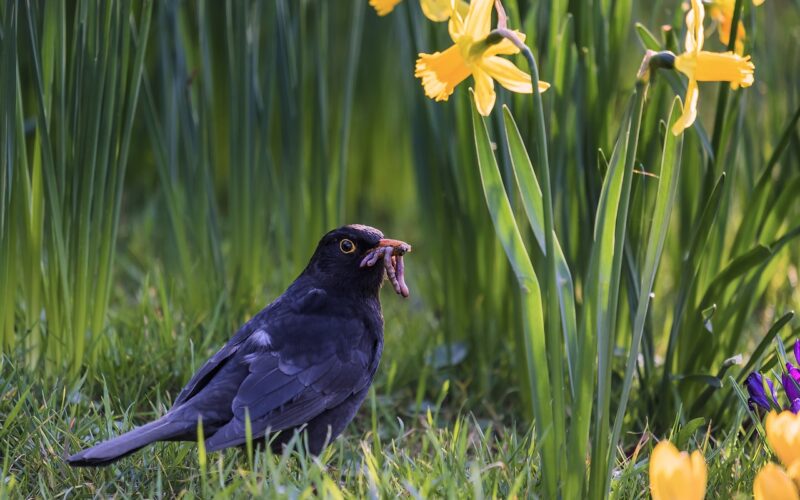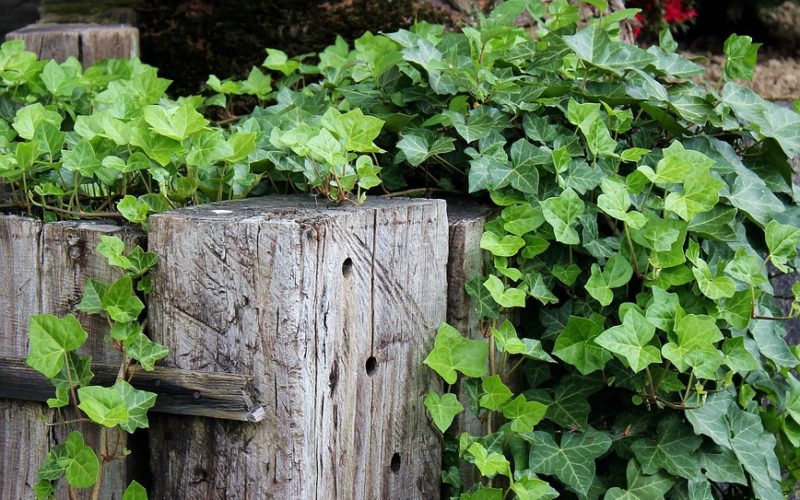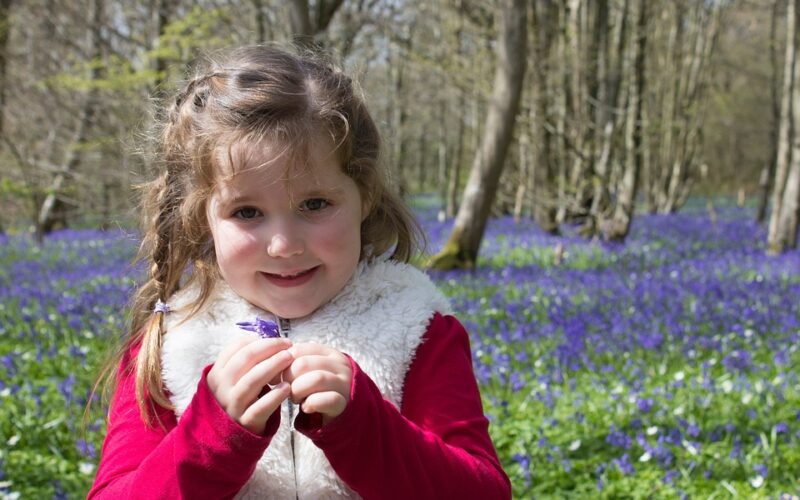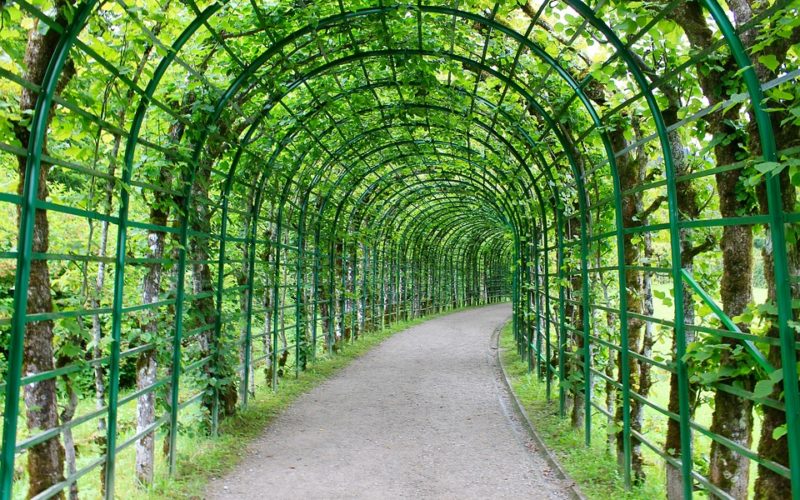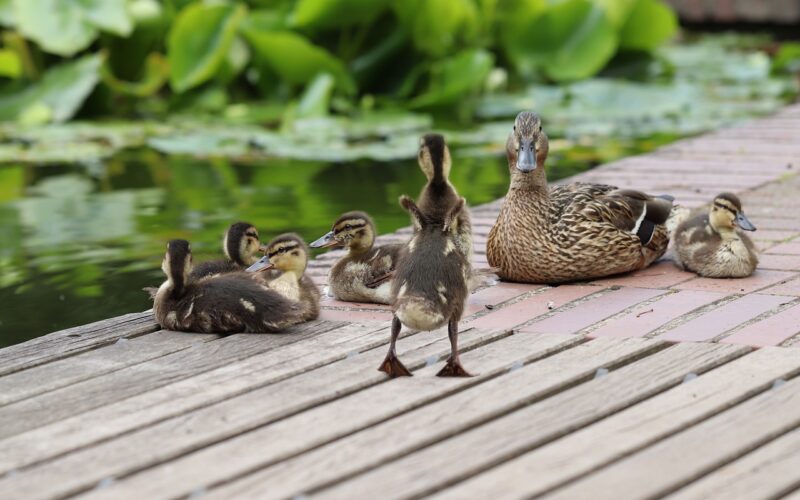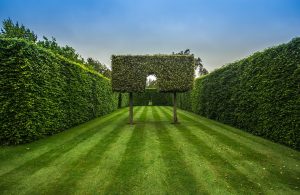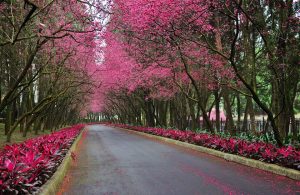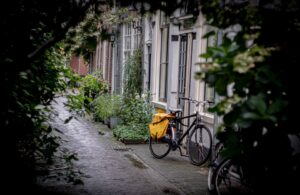The Impact Of Rewilding
Gardening has traditionally been about maintaining control over nature, creating spaces with manicured lawns and neat flower beds. However, a new gardening movement is on the rise, one that aims to bring a piece of the wilderness back into our backyards. This is the philosophy of rewilding, a method of conservation that encourages the return of native wildlife and helps ecosystems thrive.
Rewilding a garden means allowing nature to take over more freely, creating a habitat that supports a variety of species. It involves reducing human management and letting plants grow naturally. This can involve planting native species, setting up bird feeders and boxes, leaving deadwood for insects, or creating a pond to attract amphibians. The idea is to make your garden a haven for local flora and fauna, by replicating their natural habitats as much as possible.
Benefits for pollinators and insects
Insects, particularly pollinators like bees and butterflies, are in decline globally due to pesticides, habitat loss, and climate change. Rewilding offers them a sanctuary where they can find food and shelter. Gardens full of native flowers provide nectar and pollen for bees, while untouched areas of long grass can host a variety of insect life, which in turn can attract songbirds.
Creating homes for birds and mammals
Birds and mammals also stand to benefit from rewilded gardens. Nesting boxes for birds or bats can encourage them to take up residence. Similarly, leaving wild patches or log piles provides cover and breeding sites for hedgehogs, and the insects they feed on. Rewilded gardens can support entire food chains, starting from the smallest invertebrate to top predators like birds of prey.
Aquatic wildlife and garden ponds
Even a small pond can be a biodiversity hotspot in a rewilded garden. It can attract frogs, toads, newts, and even dragonflies. Over time, a well-established pond will become an ecosystem of its own with a community of aquatic plants, insects, amphibia, and visiting birds. This adds another layer to the garden's role as a wildlife refuge.
Challenges of rewilding your garden
While rewilding has many benefits, it may pose challenges such as managing invasive species, which can take over and crowd out native plants. Also, some people may not appreciate the 'untidiness' of a natural garden. Educating your neighbours about the ecological benefits can help, as can keeping a portion of the garden more 'traditional' to address these concerns.
A call to action for gardeners
Rewilding is not just good for wildlife; it's a chance for people to reconnect with nature on their own doorstep. By rewilding, gardeners can play a crucial role in preserving local biodiversity and can witness the return and flourishing of wildlife first-hand. If you have a garden, consider dedicating a part of it to rewilding. It's a small step with potentially huge benefits for our planet's ecosystems.
Rewilding a garden creates a microcosm of the wild, brimming with life and offering a beacon of hope for biodiversity conservation. It encourages us to re-evaluate our relationship with nature and presents an opportunity to make a difference, one garden at a time.
